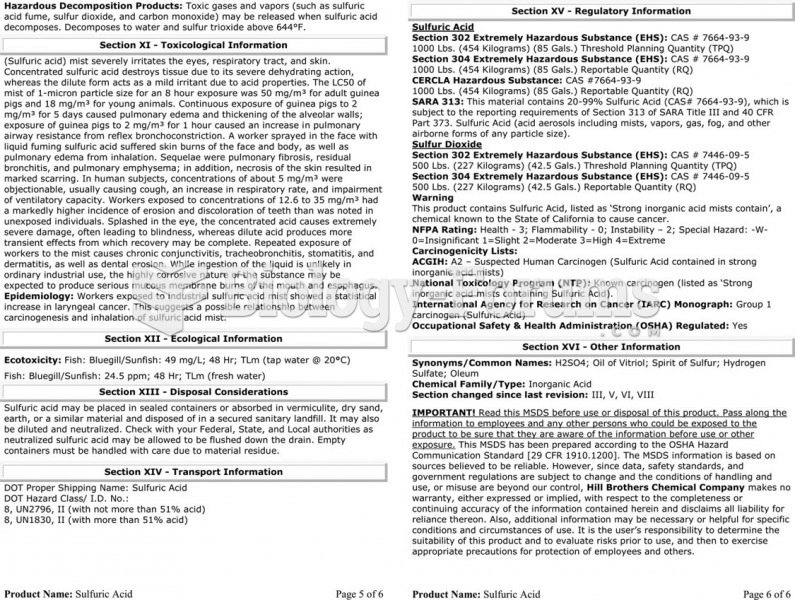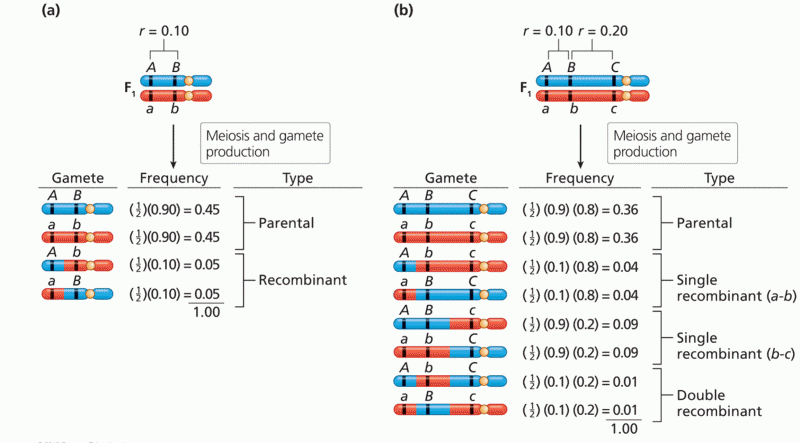|
|
|
Most childhood vaccines are 90–99% effective in preventing disease. Side effects are rarely serious.
Asthma-like symptoms were first recorded about 3,500 years ago in Egypt. The first manuscript specifically written about asthma was in the year 1190, describing a condition characterized by sudden breathlessness. The treatments listed in this manuscript include chicken soup, herbs, and sexual abstinence.
The human body's pharmacokinetics are quite varied. Our hair holds onto drugs longer than our urine, blood, or saliva. For example, alcohol can be detected in the hair for up to 90 days after it was consumed. The same is true for marijuana, cocaine, ecstasy, heroin, methamphetamine, and nicotine.
According to the American College of Allergy, Asthma & Immunology, more than 50 million Americans have some kind of food allergy. Food allergies affect between 4 and 6% of children, and 4% of adults, according to the CDC. The most common food allergies include shellfish, peanuts, walnuts, fish, eggs, milk, and soy.
During the twentieth century, a variant of the metric system was used in Russia and France in which the base unit of mass was the tonne. Instead of kilograms, this system used millitonnes (mt).
 Scattergrams are a mechanism used by political scientists to show patterns and relationships among v
Scattergrams are a mechanism used by political scientists to show patterns and relationships among v
 Gene expression. Transcription of a section of DNA into a complementary strand of messenger RNA is ...
Gene expression. Transcription of a section of DNA into a complementary strand of messenger RNA is ...





